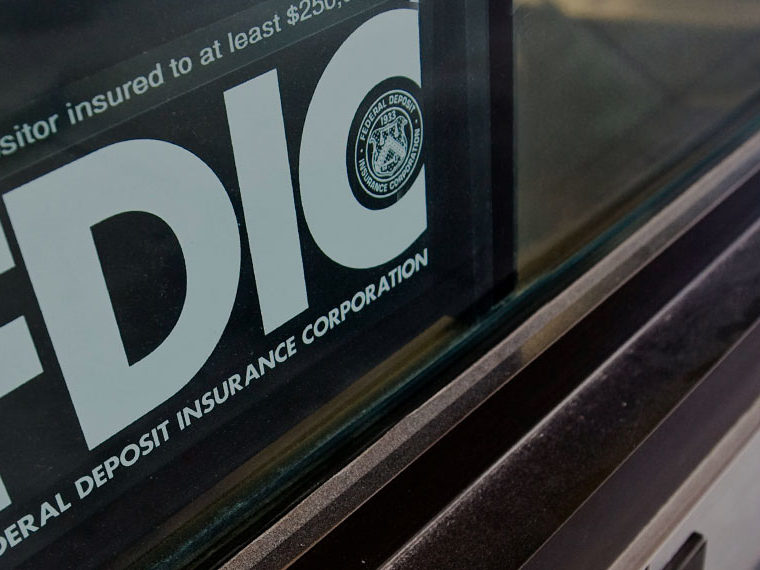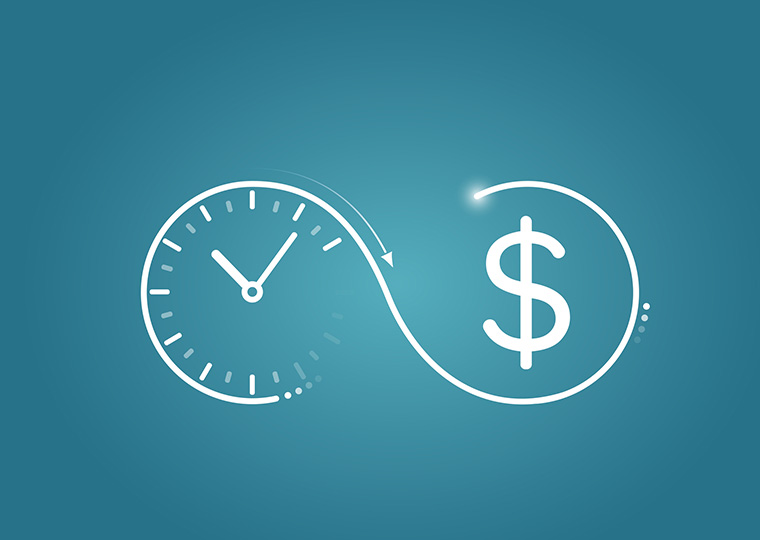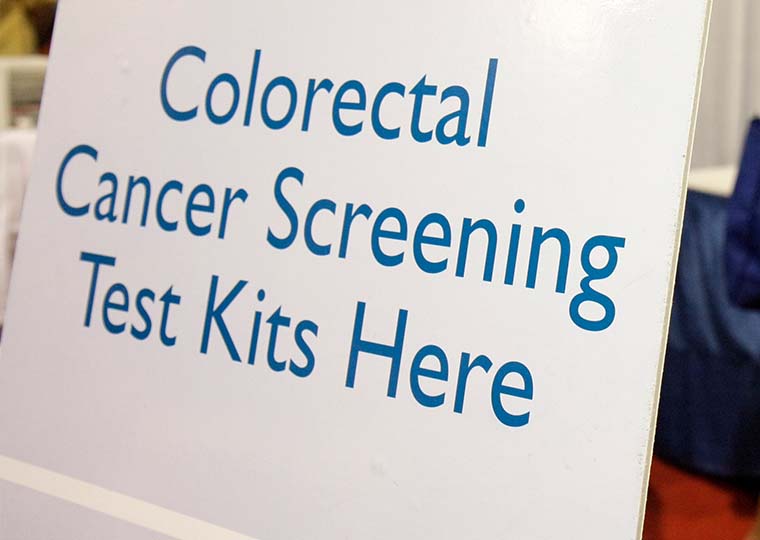Dates of milestones — major and minor — can spur us to action
How we relate to the passage of time is a popular area of study among academics seeking to understand human decision making — and to coax people toward better decisions.
Appealing to our interest in the prominent time markers of personal milestone dates is emerging as an effective way to nudge people to action.
Last year, a real-world experiment using targeted Facebook ads found that specifically calling out significant birthdays could move the needle on getting consumers to consider a marketing pitch.
Opt In to the Review Monthly Email Update.
Online startup Silvernest aims to match Baby Boomer homeowners looking to bring in some extra retirement income with Baby Boomers looking to rent a room. Sounds like a perfect match, but Silvernest has attracted eager renters at a higher rate than older homeowners interested in a roommate.
How to lure more homeowners into becoming landlords?
Perhaps by looking for those on the cusp of a meaningful birthday and playing to that milestone, suggest UCLA Anderson’s Hal Hershfield and New York University’s Adam Alter, whose research was published in Proceedings of the National Academy of Sciences of the United States of America.
Hershfield and Alter’s research provided empirical evidence that the prospect of a big turn-the-page birthday can provoke us to “audit” the meaningfulness of our lives and serve as both a demarcation and a springboard to seeking change.
Hershfield and Alter first established that 9-enders (folks turning 29, 39, 49, etc.) have a higher propensity to question and assess the meaning in their lives than people not yet moving into the next decade. They found that 9-enders are likelier to push themselves into new behaviors, both positive and negative.
Using data from the Centers for Disease Control and Prevention (CDC), Hershfield and Alter found that, in the crisis realm, 9-enders have a higher suicide rate than people of other ages. They also found that men who self-reported a 9-ending age exhibited a higher usage of a website focused on extramarital hookups than men of other ages.
A new decade can induce a nudge toward positive outcomes as well. The researchers pored over marathon data and found that runners ages 29 and 39 finished in better time than when they were younger (27 and 28, or 37 and 38). Apparently, the prospect of a big birthday pushed them to train more.
Common Cents Lab, a financial behavioral research lab at Duke University, stepped in last year to help Silvernest with its marketing challenge, conducting an experiment that hinged on nudging with a specific mention of an impending milestone birthday. “To increase the number of homeowners to the site, we relied on existing research on milestones,” Common Cents noted in its 2017 annual report, citing findings by Alter and Hershfield that show people are likelier to engage in life-altering behaviors when they approach a new decade in age.
The firm targeted close to 75,000 homeowners on the cusp of age 65 with Facebook ads. Though not a 9-ender, 65 carries strong resonance as a retirement marker. The control group for the experiment was served up the somewhat generic message, “You’re getting older. Are you ready for retirement? House sharing can help.” The test group got a more age-specific nudge: “You’re 64, turning 65. Are you ready for retirement? House sharing can help.”
Small change in ad copy, big difference in results: The 2.5 percent click-through rate for the control group was significantly higher than the typical Facebook click-through rate of less than 1.0 percent. But nearly 5.5 percent of those confronted with the specific reminder of soon turning 65 clicked through. That’s an effective nudge.
Fresh Starts: Beyond the New Year Frame
Behavioral psychology is finding that milestones of many stripes — not just significant birthdays or the start of a new year — help us demarcate a “fresh start” opportunity. UCLA’s Hengchen Dai and Claire Li, a UCLA undergraduate student, published a review of behavioral research in Current Opinion in Psychology that focused on how temporal landmarks — the wonkier descriptor of milestones — can motivate us to take action. The central tenet of temporal landmarks is that they can serve as a clear divide between our imperfect past (characterized by goals not yet achieved) and a future full of potential to be better and do better.
Dai and colleagues have recently advanced the understanding of fresh starts as motivational tools. In 2014, while at the University of Pennsylvania’s Wharton School, Dai and colleagues Katherine L. Milkman and Jason Riis conducted a series of archival studies and found that the beginning of a new week, a new month or other distinctive starting periods — such as a new semester for college undergraduates — serves as a motivational nudge. There’s no need to wait for January 1.
They discovered that Google searches for the word “diet” occur most frequently on turn-the-page calendar days: the start of a new week, month or year. Similarly, college undergraduates are likelier to hit the gym at the start of a new week, month or semester. Dai, Milkman and Riis also took a look at people’s timing when signing up to use a motivational website that requires users to commit to a personal goal. More people committed to a new goal at the beginning of a new week or month or on the day after a federal holiday.
Having established a correlation between distinctive time prompts and work toward personal goals, Dai, Milkman and Riis followed up with a 2015 study published in Psychological Science that delved into the causation question. Across five studies, they found that people use vivid dates as an opportunity to embark on a new beginning.
In one experiment, participants expressed a personal goal they had yet to achieve. They were then given the opportunity to sign up for a reminder about their stated goal in the third week of March. Those who wanted that reminder had to choose when to receive the reminder on any day between March 18 and March 24, 2014. The experiment focused on March 20: some participants saw it simply as the Thursday option in the menu. For others, it was presented as a distinctive date: the first day of spring. When March 20 was presented as just an ordinary day, about 7 percent of participants chose it for their reminder date. When March 20 was called out vividly as the first day of spring, more than 25 percent of participants chose it as their reminder day.
In another experiment Dai, Milkman and Riis again asked participants to think about a goal they had yet to achieve. They then presented subjects with a scenario in which they would be moving to a new apartment. The control group was told that they had moved each year for the past nine years, typical of a peripatetic life. The other group was given a more vivid “fresh start” framing: this was their first move in nine years. The participants in the fresh start group exhibited a higher likelihood than the participants in the control group to take another stab at reaching their previously mentioned goal.
Having established the magnetic effect of fresh start dates to pull us into action, researchers are now exploring real-world applications. For instance, encouraging people to save more for retirement is an area of constant concern for behavioral finance academics as well as for corporate America. Harvard’s John Beshears, the University of Pennsylvania’s Katherine Milkman, Dai and Anderson’s Shlomo Benartzi reported in a working paper that a fresh start nudge tied to an employee’s birth date was more effective in getting a participant to contribute more to her workplace retirement account than a less personal prompt to increase the savings rate at some generic future date.
The researchers note that the birthday milestone might not have been perceived as a fresh start nudge, but rather as a reminder of getting older, which can often help focus one’s need to double down on retirement saving. Either way, our perception of time (and its passage) is showing up as an effective motivator to change our behavior.
Featured Faculty
-
Hengchen Dai
Associate Professor of Management and Organizations and Behavioral Decision Making
-
Shlomo Benartzi
Professor of Behavioral Decision Making
-
Hal Hershfield
Professor of Marketing and Behavioral Decision Making
About the Research
Dai, H., & Li, C. (2019). How experiencing and anticipating temporal landmarks influence motivation. Current Opinion in Psychology, 26, 44–48. doi: 10.1016/j.copsyc.2018.04.012
Beshears, J., Dai, H., Milkman, K. L., & Benartzi, S. (2016). Framing the future: The risks of pre-commitment nudges and potential of fresh start messaging.
Dai H., Milkman, K.L., & Riis, J. (2015). Put your imperfections behind you: Temporal landmarks spur goal initiation when they signal new beginnings. Psychological Science, 26)(12), 1927–1936. doi: 10.1177/0956797615605818
Dai H., Milkman, K.L., & Riis, J. (2014). The fresh start effect: Temporal landmarks motivate aspirational behavior. Management Science, 60(10), 2563–2582. doi: 10.1287/mnsc.2014.1901
Hershfield, H.E., & Alter, A. (2014). People search for new meaning when they approach a new decade in chronological age. Proceedings of the National Academy of Sciences of the United States of America, 111(48), 17066–17070. doi: 10.1073/pnas.1415086111






